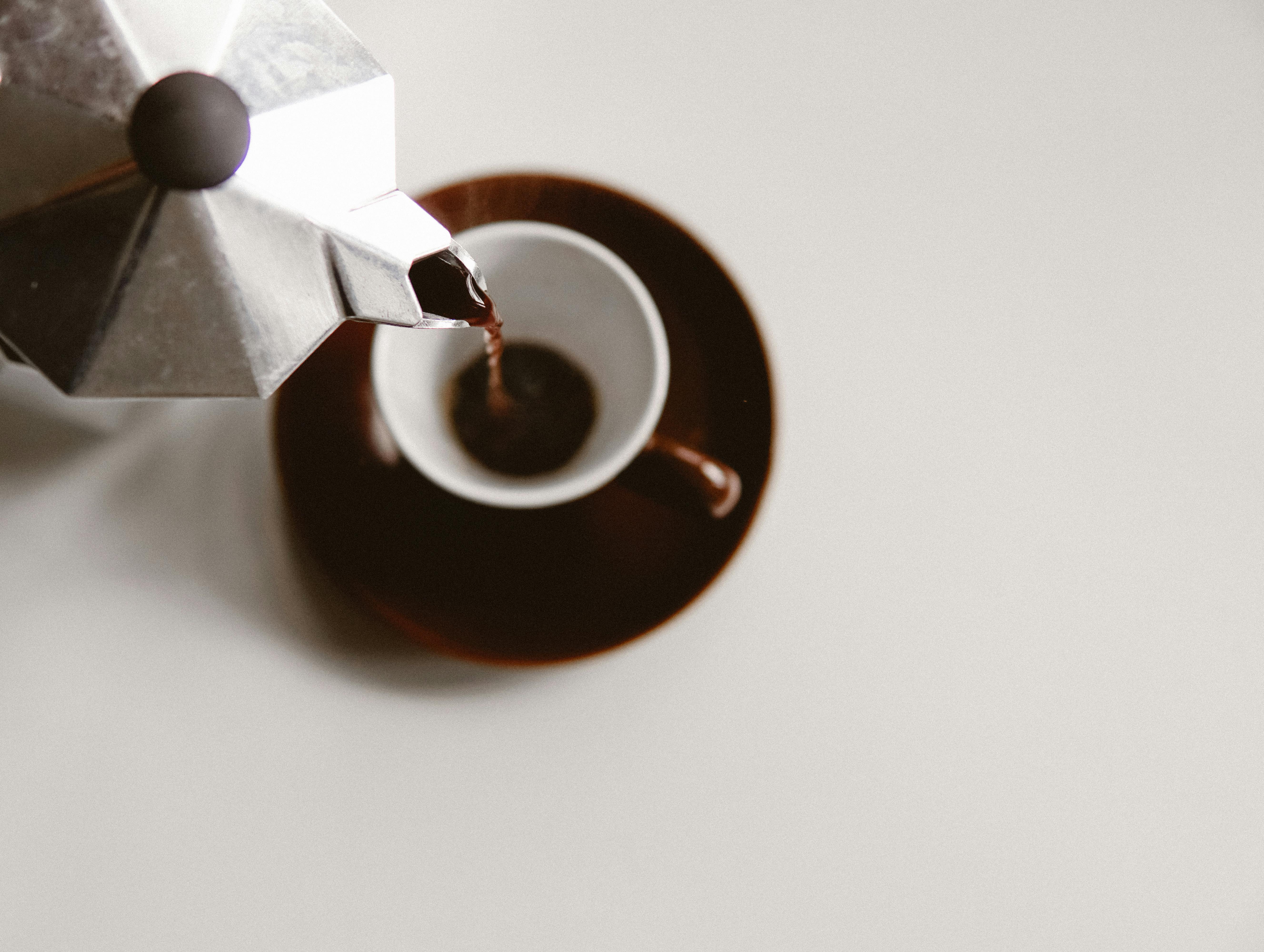10 tips for opening your own dance or ballet studio
As the owner of a new dance school, the process of assembling all the necessary equipment for dance and ballet studios is still very fresh in my mind. The following is a list of what is needed in each dance studio:
1) Marley or other vinyl floor covering. This is the preferred dance surface for ballet, modern / jazz, and tap instruction. There are several manufacturers of vinyl dance floor products. Most come in 5-6 ‘wide rolls in lengths up to approximately 100’. Marley is generally rolled onto a hardwood floor and “floats” on the floor without any adhesive other than the special vinyl tape used on the seams and edges. Since the marley is not permanently attached to the ground, it can be rolled up if needed for a performance elsewhere. One important thing to note is that ballet dancers cannot use rosin on marley – rosin damages the surface of the vinyl and is very difficult to remove.
2) Sound system for CD and / or Bluetooth connection to an iPhone / Android device. Having a remote controlled sound system is essential so that the instructor can easily repeat sections of music as needed.
3) Bars, either wall or freestanding. See the section on bar construction below for more detailed information.
4) Wall mirrors. Mirrors must be mounted on at least one wall (preferably two adjoining walls). They should start as close to the floor as possible, but even young dancers can see their feet from anywhere in the studio as long as the bottom of the mirror is less than 15 inches from the floor. Mirrors must be at least 6 feet above the floor.
5) A small table can also be used for the instructor’s notebook or other instructional materials for the sound system.
6) Large wall clock. Dancers and instructors must know the start and end times of the class.
Ballet bars: build or buy?
One of the most important equipment in a ballet school is the barre. There are many commercially available ballet bars, but in the end we decided to make our own bars for the following reasons:
7) Commercially available bars are expensive. Typically, a professional grade 12-foot bar costs between $ 400 and $ 1000 for a freestanding model and between $ 300 and $ 600 for a wall-mounted version.
8) Our experience with commercially available freestanding bars is that even the highest quality models eventually have connection point failures.
9) We wanted bars that were absolutely solid and would last for many years. We believe that most independent commercial bars are too light and “flimsy”.
10) We wanted a bar system that was flexible enough to meet the needs of our school’s ballet class schedule for many age ranges, as well as modern, jazz, and tap classes.
In order to give our school maximum flexibility in our class schedule, we decided to build two separate 12-foot bars for each of our two dance studios. We chose freestanding bars so that we could (1) have dancers on either side of the bar and (2) orient the bars as a single 24 ‘span or two 12’ parallel spans. Since (unlike commercial bars) we have no need to disassemble the bars for shipping, we decided to eliminate the joints (and thus the possibility of joint failure) by using steel tubing and welding the joints.
The exact specifications of the bars are as follows:
– Pipe material is 1 ½ inch Schedule 40 black steel pipe. This tubing has a 1.9 “outside diameter. Using 1.9” diameter tubing (a) makes the welds much stronger and (b) is very comfortable to grip
– The top of the bar is 12 ‘long and 42 “above the floor.
– The legs of the bar are an inverted “T” with the “feet” (that is, the part of the leg that rests on the floor) 2 ‘long.
– The top of the bar protrudes 18 “from the legs on each side. This allows for easy movement of the bar.
– We decided to have a bottom bar welded between the legs at a height of 32 “for our younger dancers.
Schedule 40 pipe is available from most steel suppliers (search for “steel pipe city name”). The tubing comes in 21 ‘lengths and the steel supplier will generally cut through the tubing at no additional cost. I had the pipes cut into 12 ‘and 9’ lengths to minimize waste.
Our welder had no trouble making the bars. Full deburring of all exposed ends was included in the fabrication. The result is a smooth, rounded edge that does not require any type of end cap.
After our welder completed the bars, I purchased rubber feet (1.5 “diameter and 1” thick) and bolted them to the ends of the bar “feet”. This has worked very well to eliminate marley damage in our studies.
To finish the bars, I first sanded the surfaces with 180-grit sandpaper to smooth the horizontal gripping surfaces and prepare them for painting. Then I sprayed with textured black paint. Three coats resulted in a beautiful finish that resembles powder coating at a fraction of the price.
The dancers’ response to the bars has been uniformly excellent. Although they weigh (they weigh about 60 pounds each), two young dancers have no trouble moving them to the center and backing up against the walls when necessary. We have had no problems with the fixed heights of the bars.
The total cost of 4 bars was approximately $ 450 for materials and $ 400 for welding services, for a total cost of $ 850, or $ 212 per bar.
